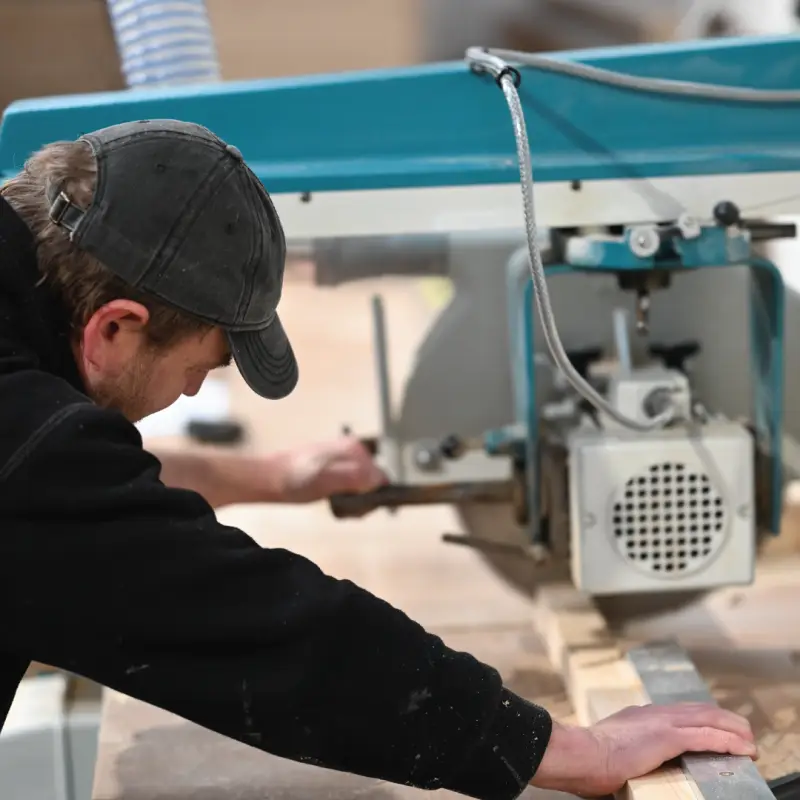In the constantly evolving landscape of modern architecture, the paragon of construction is shifting towards the innovative approach of prefabrication. This method, rooted in efficiency and modernized with advanced technology, is revolutionizing how we design, manufacture, and erect buildings. For architects and construction professionals, understanding the impact and applications of prefabrication is not just a trend to follow, but a strategic imperative to enhance efficiency, sustainability, and cost management.
Prefabrication, often shortened to ‘prefab’, is the practice of assembling structural components of a building in a factory or other manufacturing site, and transporting complete assemblies or sub-assemblies to the construction site where the structure is to be located. This method challenges the traditional on-site building process by consolidating construction tasks.
In modern architecture, prefabrication combines traditional craftsmanship with innovative engineering and manufacturing processes. Its role is instrumental in redefining the industry, offering new avenues for design, sustainability, and efficiency.
Prefabrication resolves the eternal construction industry conundrums – timelines, costs, quality, and sustainability. By taking construction processes off-site, it unveils a host of new possibilities that cater to the demands of contemporary architecture and urban development

The benefits of prefabrication are multifaceted and go beyond the speed of assembly. This section dissects the key elements that make prefab a formidable contender in the architectural domain.
Efficiency in Construction Timelines
In traditional building methods, the construction process is highly sequential. Each stage must be completed before the next can begin, leading to delays in the event of inclement weather, material shortages, or skilled labor deficits. Prefabrication streamlines this process, allowing for concurrent manufacturing and on-site preparation. The result is significantly reduced construction times, granting stakeholders quicker project turnovers and higher predictability in delivery
With reduced on-site labor requirements, a controlled factory environment, and less material waste, prefabrication offers a more predictable cost structure. It minimizes risk factors associated with on-site construction, such as unforeseen structural issues or environmental complications, thereby providing a more stable budgeting scenario for architectural projects.
The controlled environment of a factory or fabrication facility ensures that materials are handled with precision, which directly translates to a higher quality end product. Additionally, the ability to recycle and reuse materials in a factory setting significantly decreases the environmental impact, advancing the industry's sustainability goals.
The environmental advantages of prefabrication are becoming increasingly paramount in the face of global challenges. Off-site construction minimizes disturbance to local ecosystems, and the controlled waste management systems in factories reduce the project's overall carbon footprint. Prefabrication techniques can also facilitate the use of environmentally friendly materials and improve the energy efficiency of buildings.
Off-site Manufacturing Processes
Off-site manufacturing involves the fabrication of entire building elements, such as structural frames, wall systems, and even integrated components like mechanical and electrical services. When these elements are completed off-site, there is a more controlled production process, leading to more efficient and standardized products.
Modular Building Techniques
Modular building further breaks down the construction process into individual factory-built units, which are transported to the site and assembled into larger structures. This approach can be seen in a variety of building types, from residential homes to commercial towers, enabling the rapid erection of complex structures with a high degree of precision.
Customization and Design Flexibility
Contrary to the misconceptions that prefabrication limits architectural creativity, it actually opens doors to new design possibilities. Prefabricated elements can be customized to meet the specific aesthetic and functional requirements of a project. Furthermore, they provide opportunities for innovative building forms and materials that may be challenging in purely on-site construction.
Prefabrication is not merely a response to the call for modernity in construction; it’s a strategic leap towards a more sustainable, efficient, and dynamic architectural future. The advantages it offers are not exclusive to one element of the construction process, but permeate through every stage, from manufacturing to assembly. Architects and construction professionals are urged to not just take note, but to actively explore and implement prefabrication techniques into their future projects.
By adopting and refining prefabrication methodologies, the architecture and construction industries stand to benefit from streamlined processes, project cost savings, higher quality standards, and an eco-friendly approach to building. Prefabrication is more than just a method of construction; it is a philosophy that shapes the buildings of tomorrow.
Unit C2 Copley Hill Trading Estate, Whitehall Road, Leeds, LS12 1HE | sales@turoffen.com | 0113 848 0710